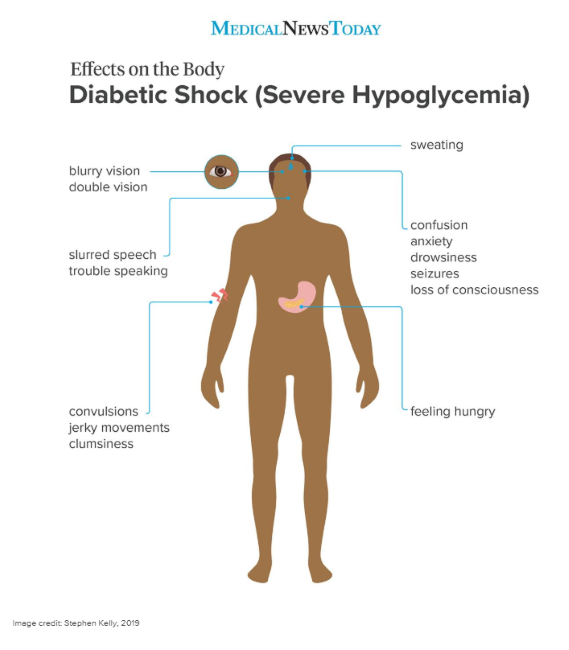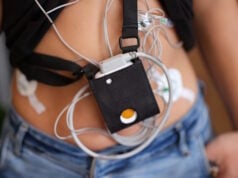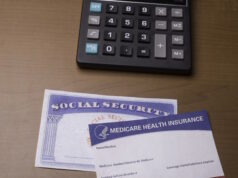
People with mild low blood sugar, which doctors call insulin reaction or hypoglycemia, are usually conscious and can treat themselves. People experiencing hypoglycemia often experience headaches, dizziness, sweating, shaking, and a feeling of anxiety.
When a person experiences diabetic shock, or severe hypoglycemia, they may lose consciousness, have trouble speaking, and experience double vision. Early treatment is essential because blood sugar levels that stay low for too long can lead to seizures or diabetic coma.
Hypoglycemia can sometimes happen rapidly and may even occur when a person follows their diabetes treatment plan.
Knowing the symptoms, potential complications, and possible treatment options can be vital for a person living with diabetes. Read on to learn more.
Symptoms
A person’s blood sugar levels naturally rise and fall throughout the day. Typically, they rise shortly after a meal and dip after physical activity or fasting. Most people do not feel any negative effects from these changes, but they can cause problems for people with diabetes.
Early signs of low blood sugar levels include:
- a headache
- nervousness
- anxiety
- dizziness
- sweating
- shakiness
- irritability
- moodiness
- hunger
diabetic shock, or severe hypoglycemia may include:
- blurry or double vision
- seizures
- convulsions
- drowsiness
- losing consciousness
- slurred speech
- trouble speaking
- confusion
- jerky movements
- clumsiness
Hypoglycemia can also disrupt a person’s sleep due to:
- nightmares
- tiredness or confusion when waking
- excessive sweating during sleep
If a person suspects they have hypoglycemia, they should get treatment as soon as possible. Hypoglycemia affects a person’s movement and ability to think clearly, which can cause serious accidents, especially if it happens while someone is driving or working.
Some people may not experience the typical symptoms of hypoglycemia. Doctors call this hypoglycemia unawareness, and it is more common when a person has had diabetes for a long time or if the person has experienced frequent episodes of hypoglycemia.
Lack of the initial warning signs, such as shaking and sweating, may cause the episode to progress fast to seizure and loss of consciousness. If a person’s hypoglycemia awareness is impaired, it is imperative that they monitor their blood sugar levels very closely.
Causes
Taking insulin is the most common cause of hypoglycemia and its most severe form, diabetic shock. However, some oral diabetes medication, especially those in the sulfonylurea class of drugs, which act by stimulating the pancreas to produce more insulin, can also lead to low blood sugar. Examples of such drugs include Amaryl, Glyburide, and Glipizide.
Other risk factors for hypoglycemia include:
- taking too much insulin at the time of a meal or snack
- skipping or delaying a meal
- alcohol consumption
- not eating enough
- not taking the proper dose of diabetes medication
- increasing activity levels without adjusting food or medication intake
- development of other medical problems, such as kidney disease or adrenal problems
- longer duration of diabetes
- older age
Treatment
If a person with type 1 diabetes or type 2 diabetes starts to notice symptoms of low blood sugar, they can take some steps to help raise their blood glucose levels to a normal range.
According to the American Diabetes Association (ADA), a person should check blood glucose levels first. If the levels are low, consume a sugary snack or drink containing 15 grams (g) of carbohydrate, then recheck blood sugar levels after about 15 minutes.
If the levels are still low, repeat the process and consume another sugary food or drink. Once the levels have returned to normal, a person can return to their regular meal and snack schedule.
Doctors may prescribe a hormone called glucagon to people who are at risk of diabetic shock. Glucagon comes in a syringe, and a person can use it in an emergency to help their blood glucose levels return to normal.
If a person experiencing hypoglycemia becomes unconscious, turn them on their side and deliver a glucagon shot. According to the ADA, the person should come round within 15 minutes. If they do not, they will need immediate medical attention, so call 911.
Complications
A person should take warning signs and symptoms of hypoglycemia extremely seriously. When blood glucose levels are too low, it can affect brain functioning and lead to complications, such as:
- loss of consciousness
- seizures
- death
When treating hypoglycemia, it is vital that a person does not take more glucose than they need, as this can cause blood sugar levels to rebound too high.
Prevention
There are some general lifestyle changes a person can make to help avoid diabetic shock and hypoglycemia, including:
- monitoring their blood sugar levels closely
- avoiding skipping meals or snacks
- taking medication as prescribed, on time, and in precise amounts
- keeping a log of any low blood sugar reactions or symptoms
- eating a meal or snack when drinking alcohol
- adjusting medication and calorie intake when increasing physical activity levels
- using continuous glucose monitors with alarm features for low blood sugars
- avoiding frequent episodes of hypoglycemia as this may lead to unawareness of the warning symptoms
Also, people can adjust their blood sugar targets according to their individual needs. For example, people with hypoglycemia unawareness might benefit from targeting a higher blood sugar.
People can prevent complications by carrying a medical alert bracelet or another form of identification to inform emergency personnel that they have diabetes.
Summary
Very low blood sugar levels or diabetic shock can lead to life-threatening complications, such as diabetic coma, if left untreated.
People who take insulin are most at risk of diabetic shock. However, anyone taking diabetes medication is susceptible.
A person can help avoid diabetic shock by carefully monitoring their blood glucose levels, following their treatment plan, and by eating regular meals. If a person goes into diabetic shock, those with them should administer glucagon if there is any available and call 911.












